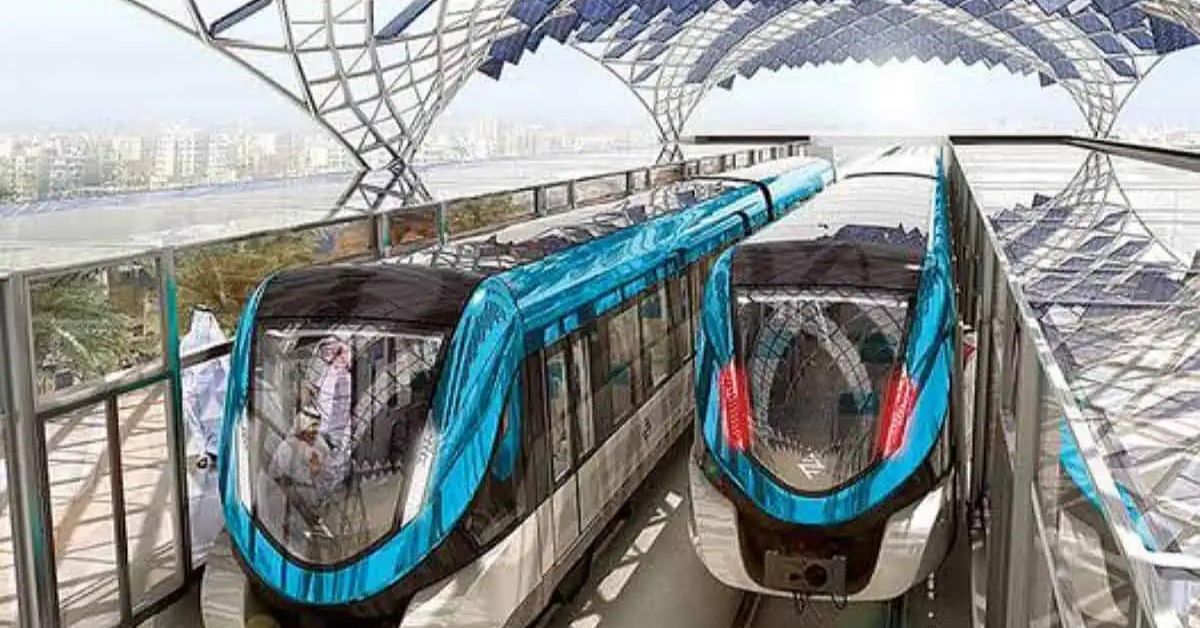The Royal Commission for Riyadh City (RCRC) announced that the phased rollout of Riyadh Metro culminated as of Sunday, Jan. 5, with the beginning of the operation of its Orange Line, essentially leading to all six lines of it becoming operational.
The Line 3 (Orange Line) covering Madinah Road connects the east of Riyadh to its west, and extends from Jeddah Road in the west to the second eastern ring road adjacent to the Khashm Al-Aan area in the east with a total length of 41 km. This marks the completion of the phased operation of the six lines of the Riyadh Metro network according to the plan previously announced when the project was inaugurated by Custodian of the Two Holy Mosques King Salman on Nov. 27, 2024.
As of 6:00 am on Sunday, passengers were received on the Orange Line at the following five stations: Jeddah Road Station, Tuwaiq Station, Douh Station, Harun Al-Rashid Road Station, and Al-Naseem Station, which is one of the transfer stations that connects the Orange Line and the Purple Line.
The commission also announced the operation of three new stations on the Blue Line that connects the Olaya Street to Batha and these are Al-Morooj Station, Bank Al-Bilad Station, and King Fahd Library Station.
Three lines that started operations in the initial phase on Dec. 1 were the 1st line (Blue Line); 4th line (Yellow Line); and the 6th line (Purple Line). In the second phase, two more lines — Line 2 (Red Line) and Line 5 (Green Line) — became operational on Dec. 15.
The operation of all six lines of the Riyadh Metro network will contribute to enhancing the connection between parts of Riyadh and facilitating transportation for its residents and visitors. Riyadh Metro users will be received from 6:00 am until 12:00 midnight.
The Riyadh Metro, the largest in the Middle East and the longest driverless train in the world, consists of an extensive network of six main lines, spanning 176 kilometers and connecting 85 stations, including 4 main stations.
Passengers can select destinations and purchase tickets via the Darb application, or through ticket offices or self-service devices at train stations, or through digital payment methods via bank and credit cards, phones and smart devices.









